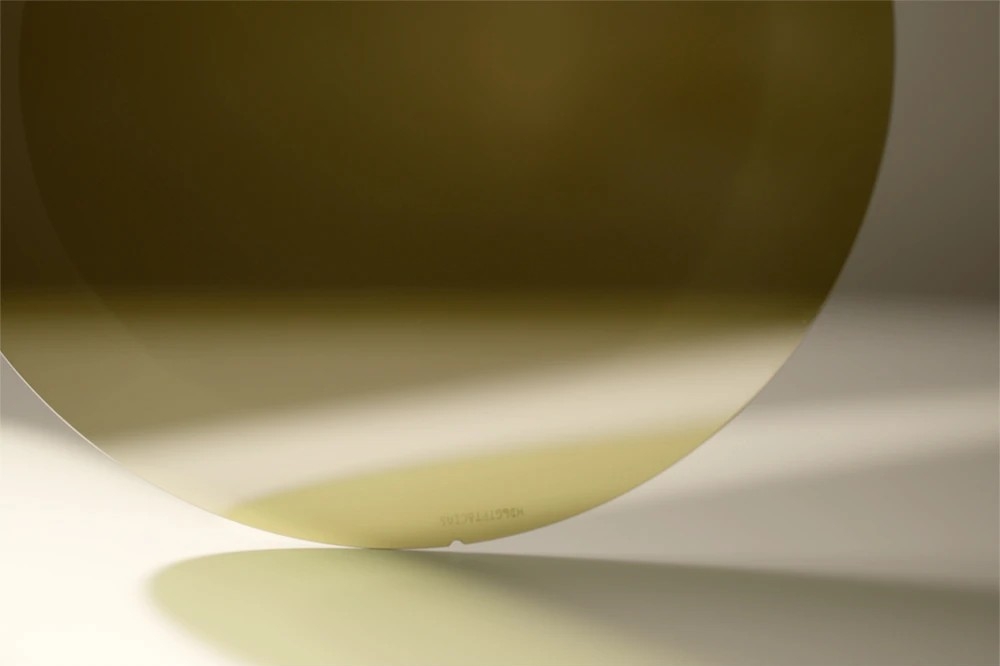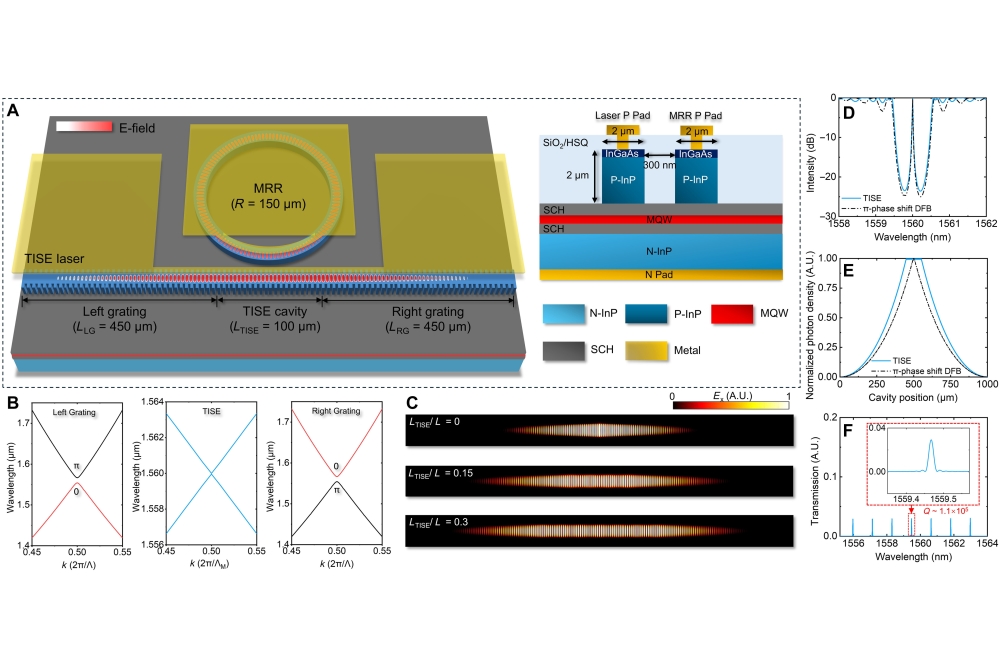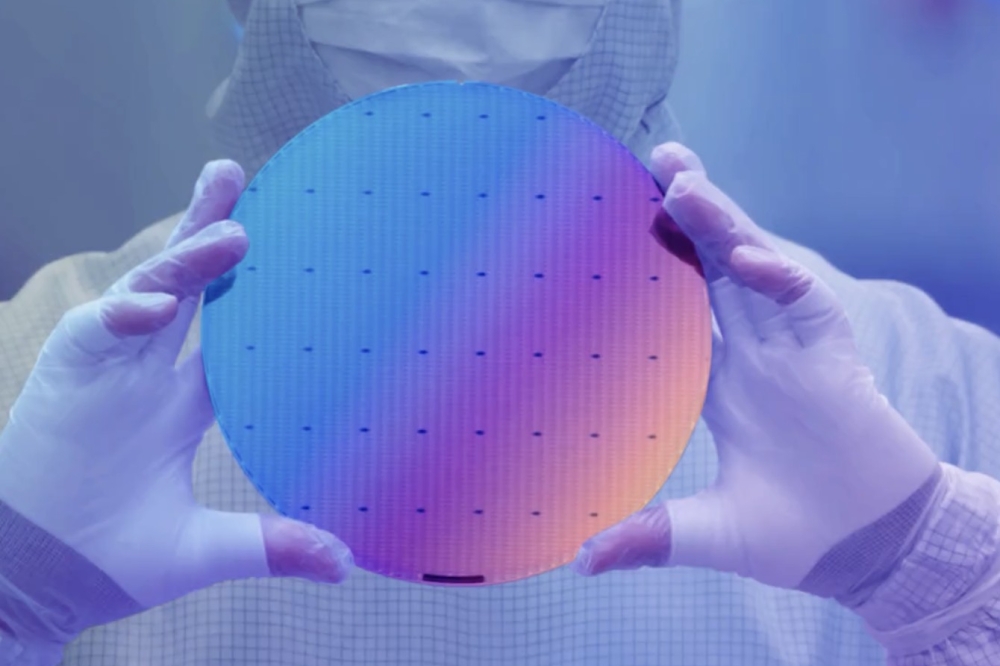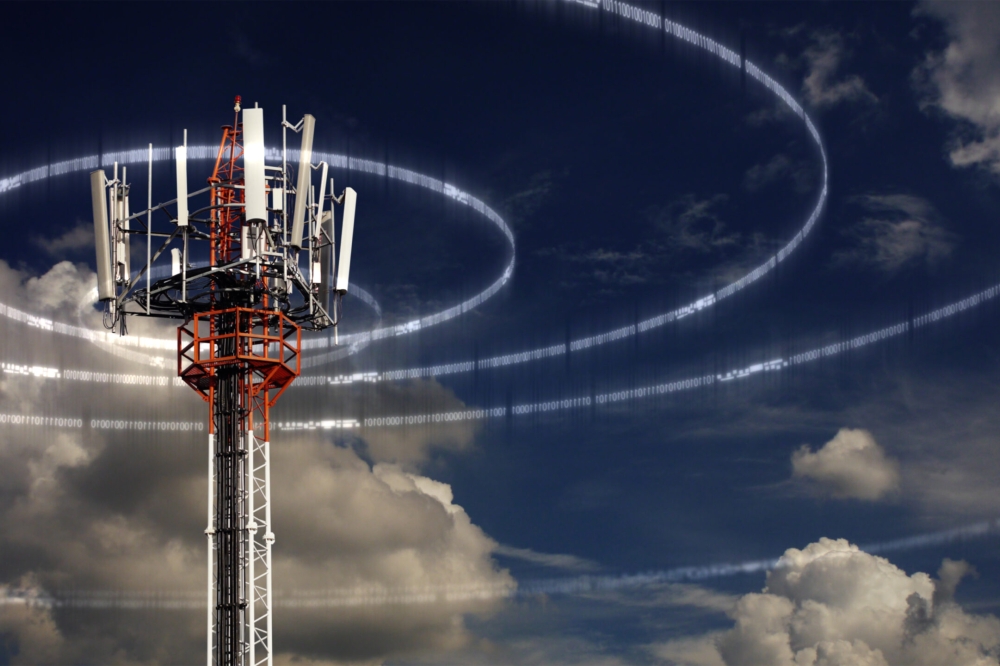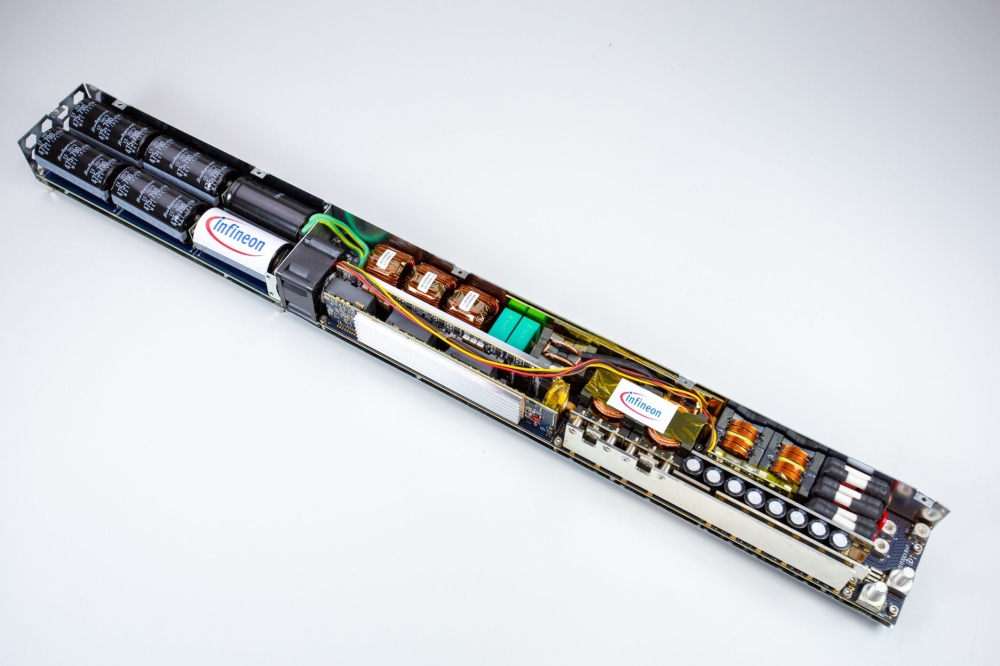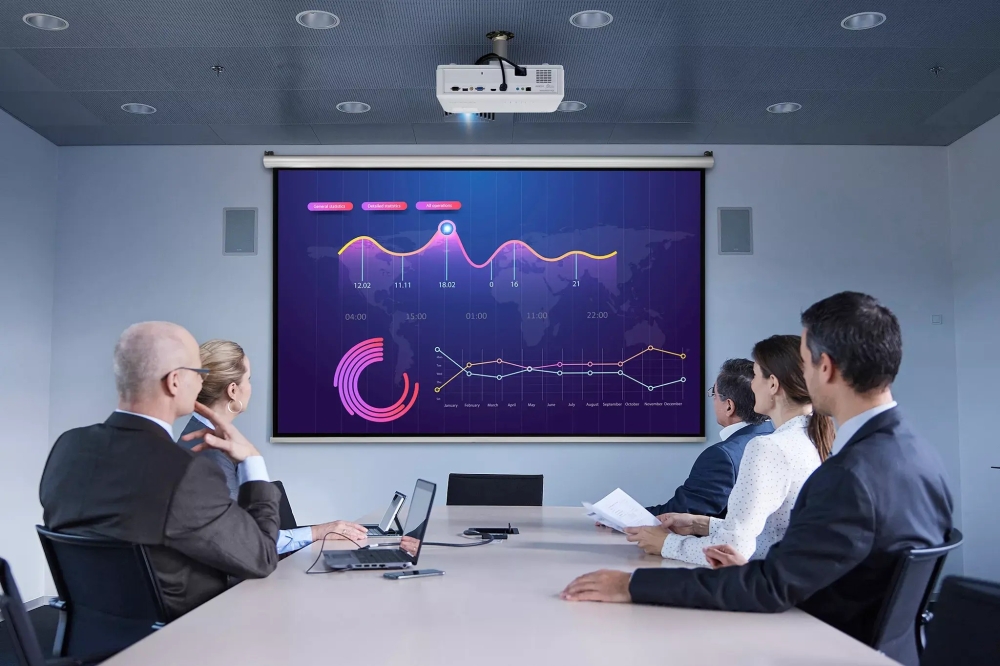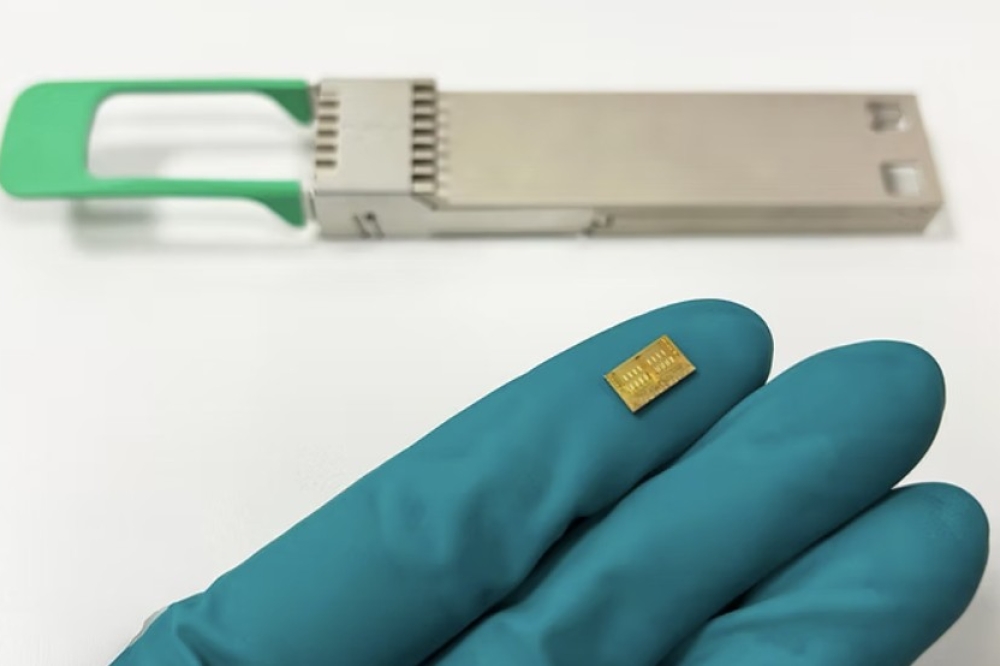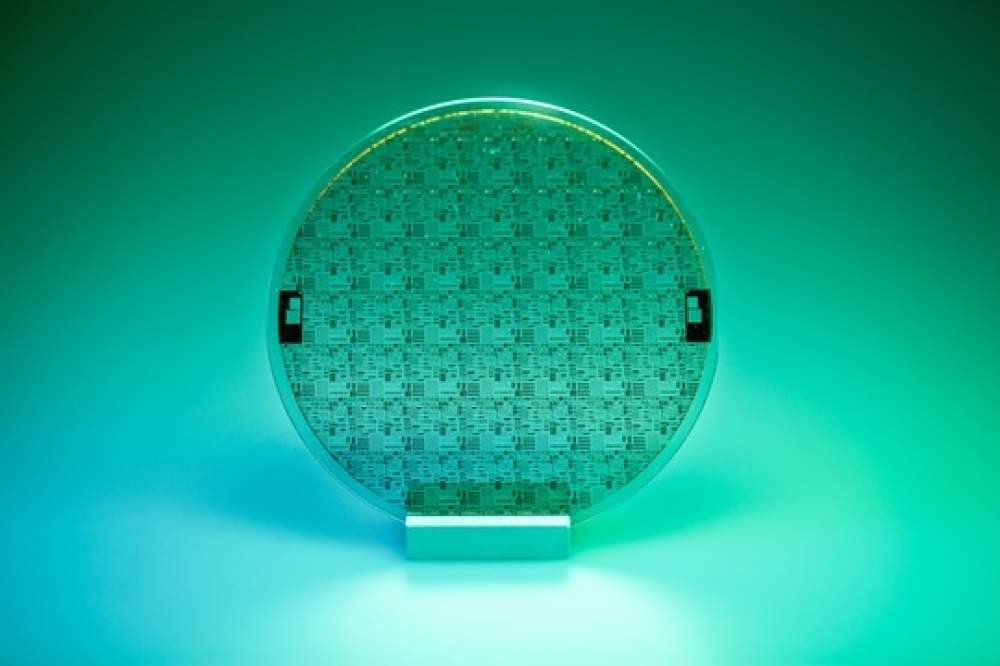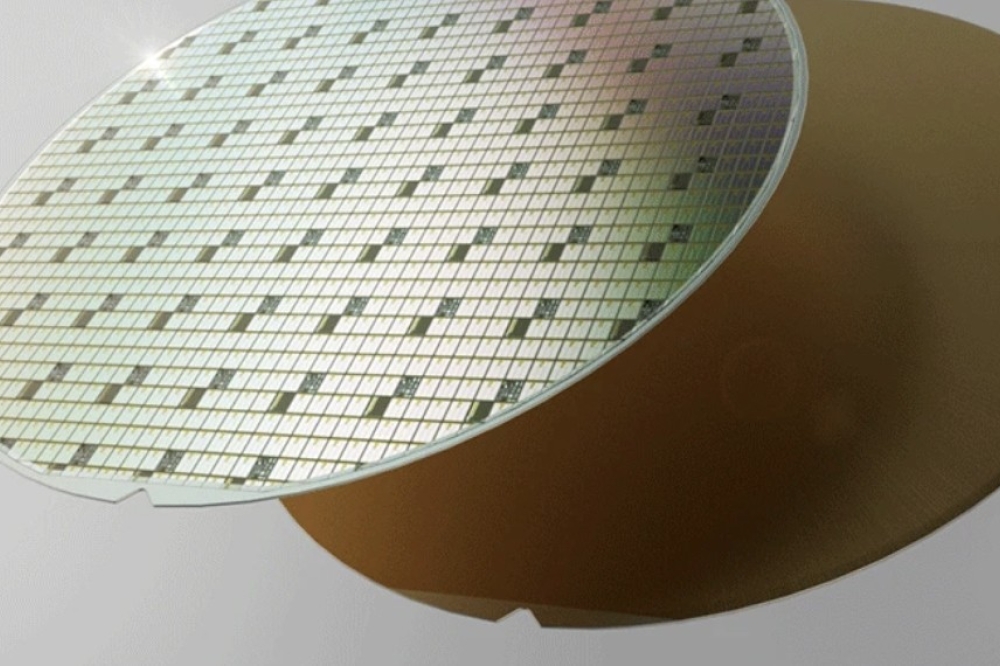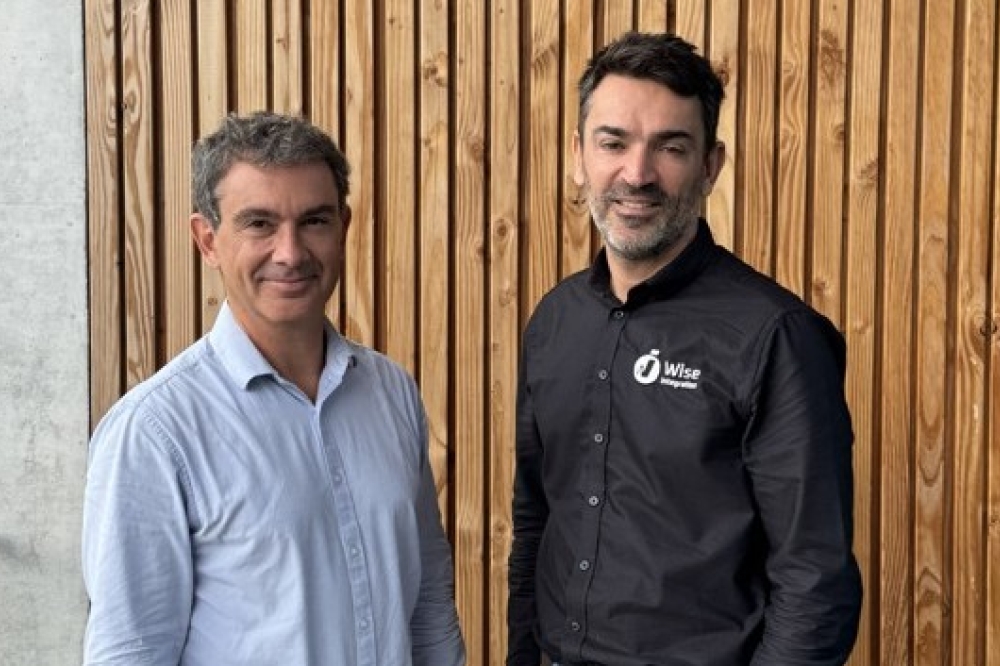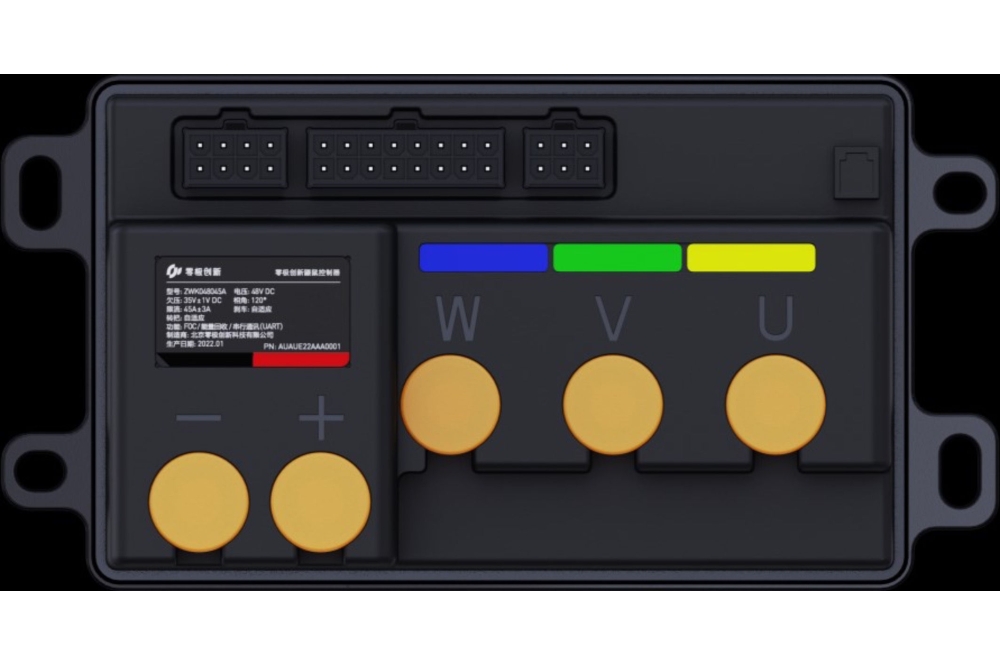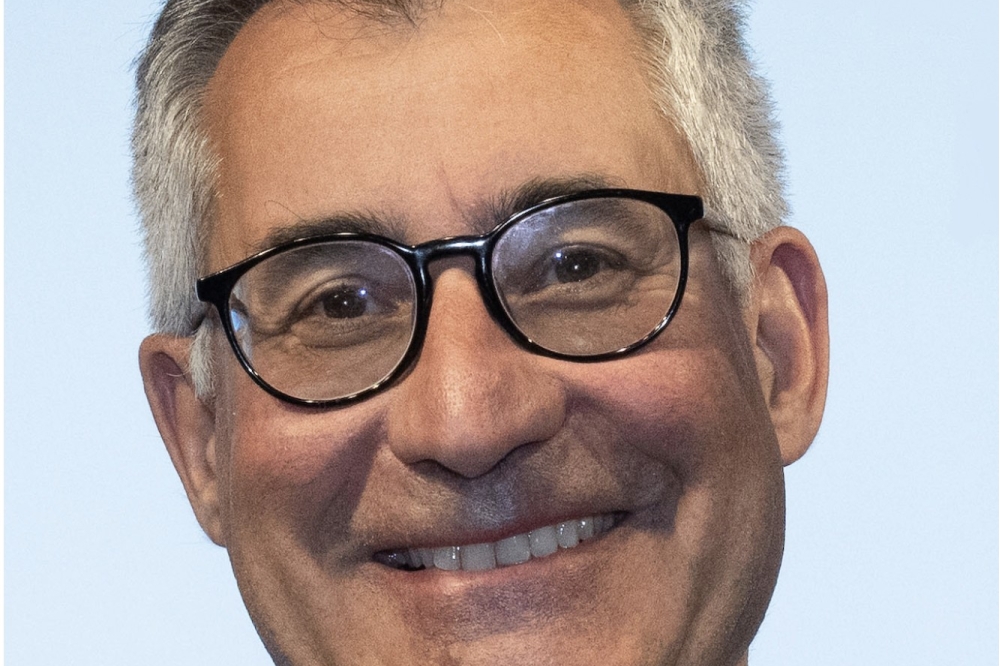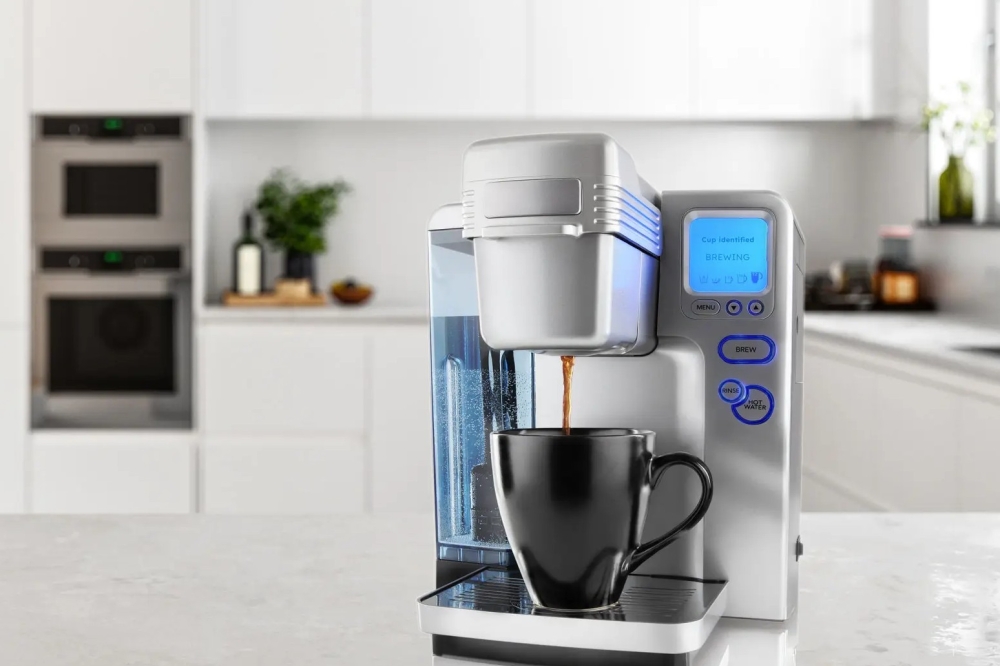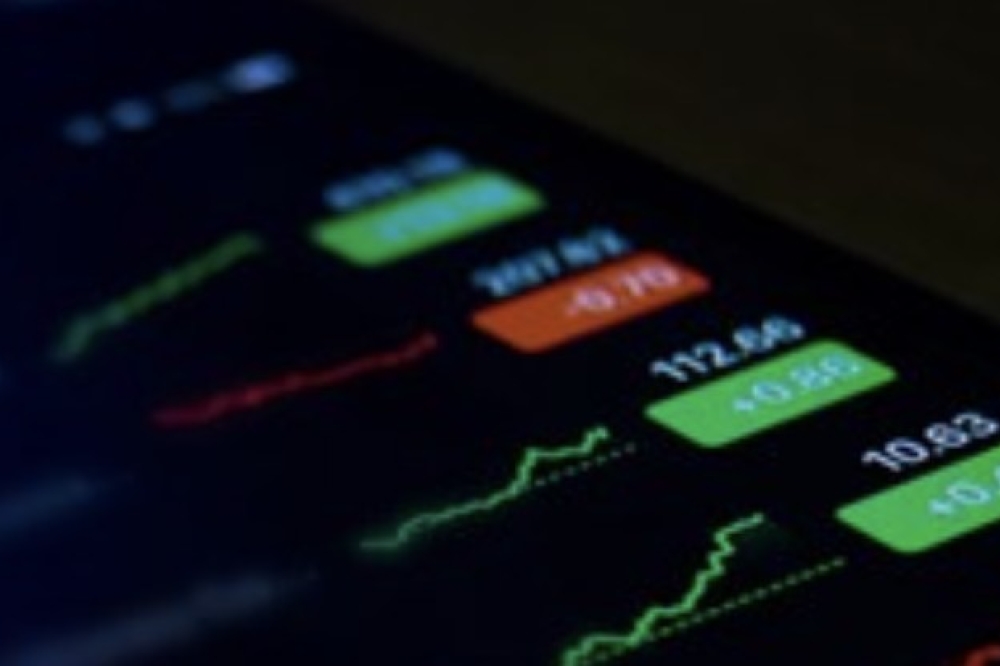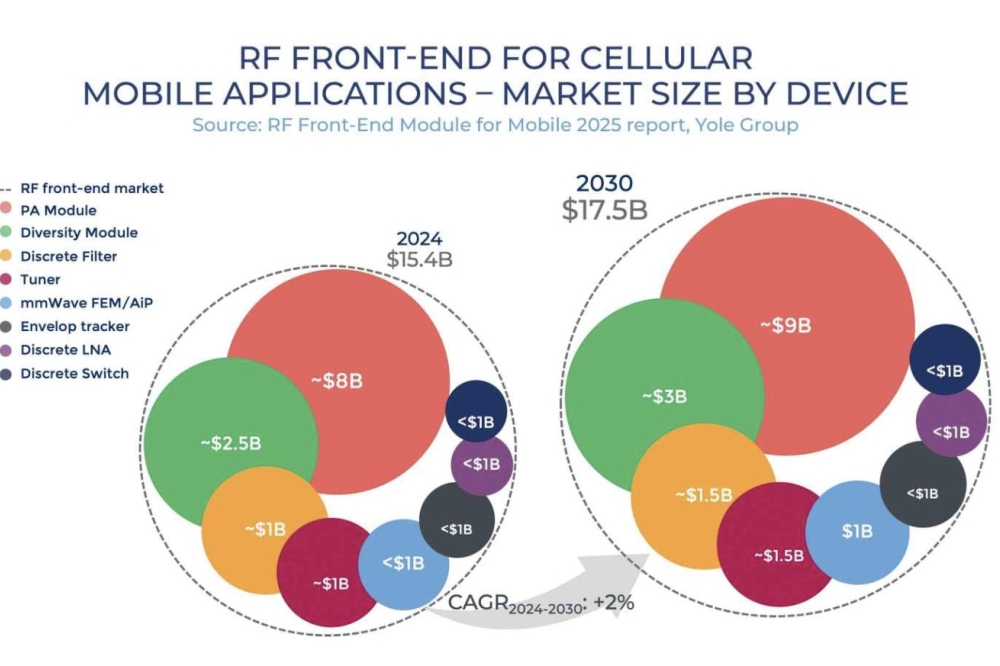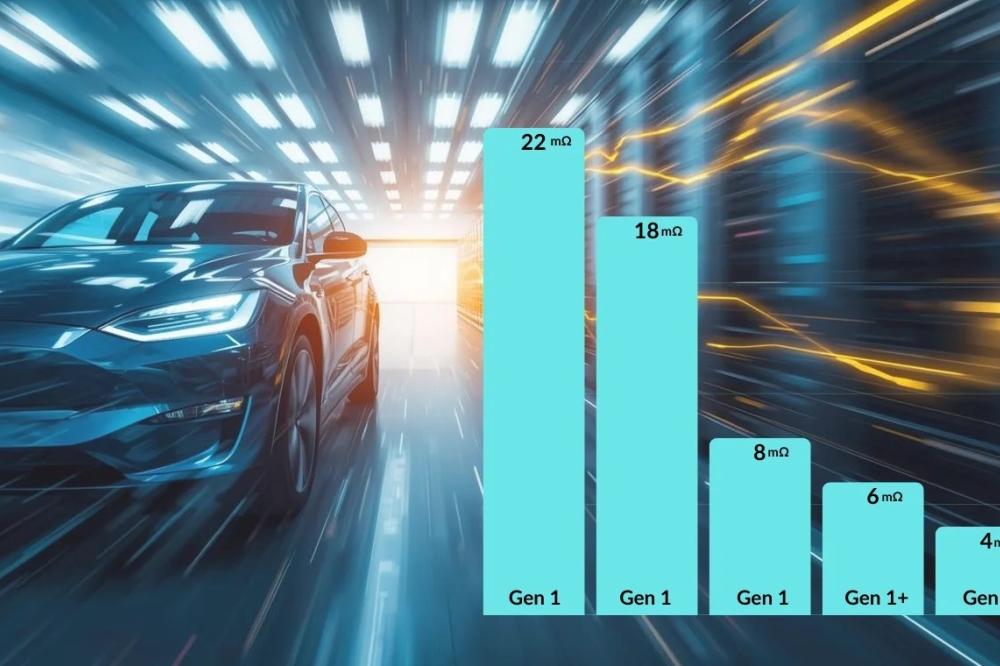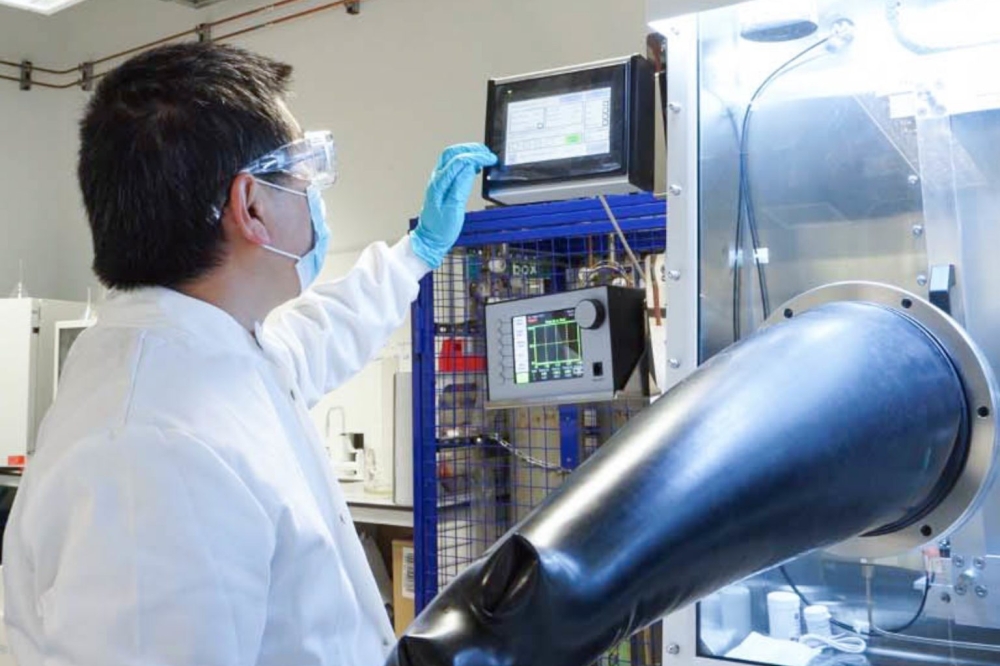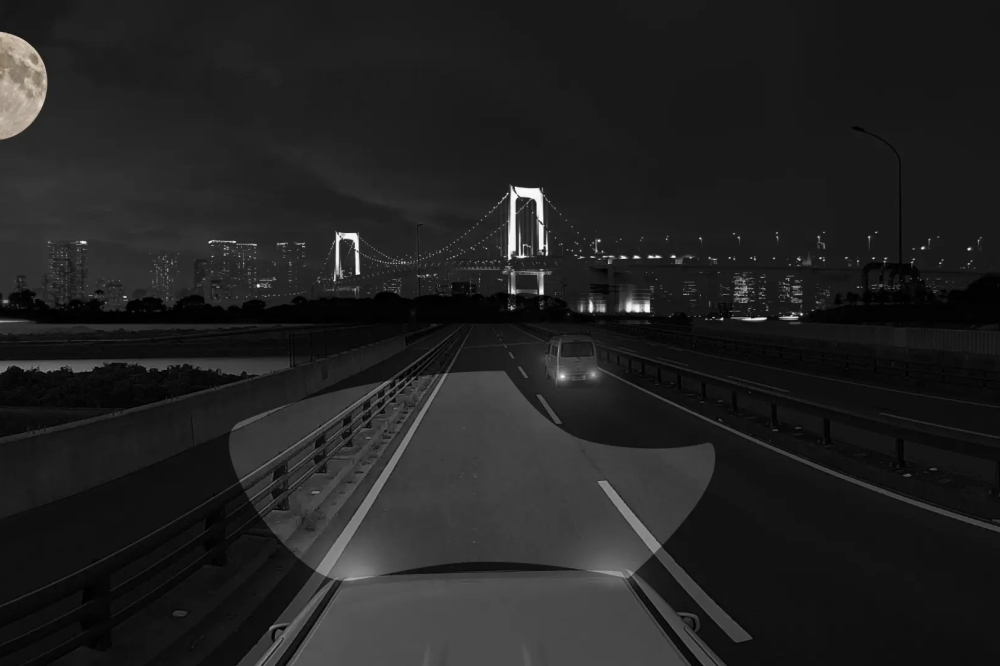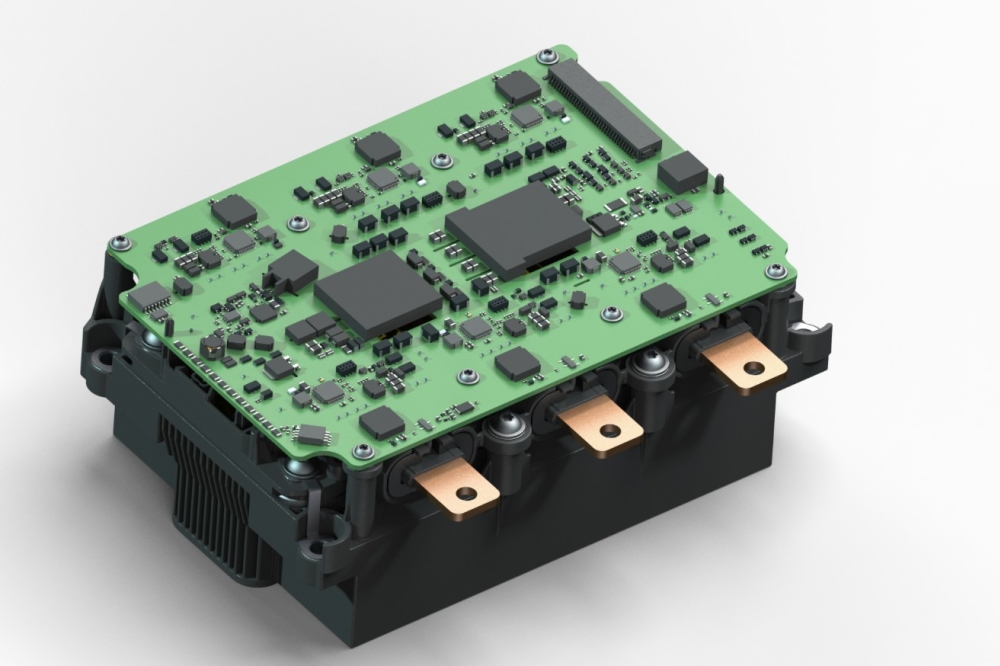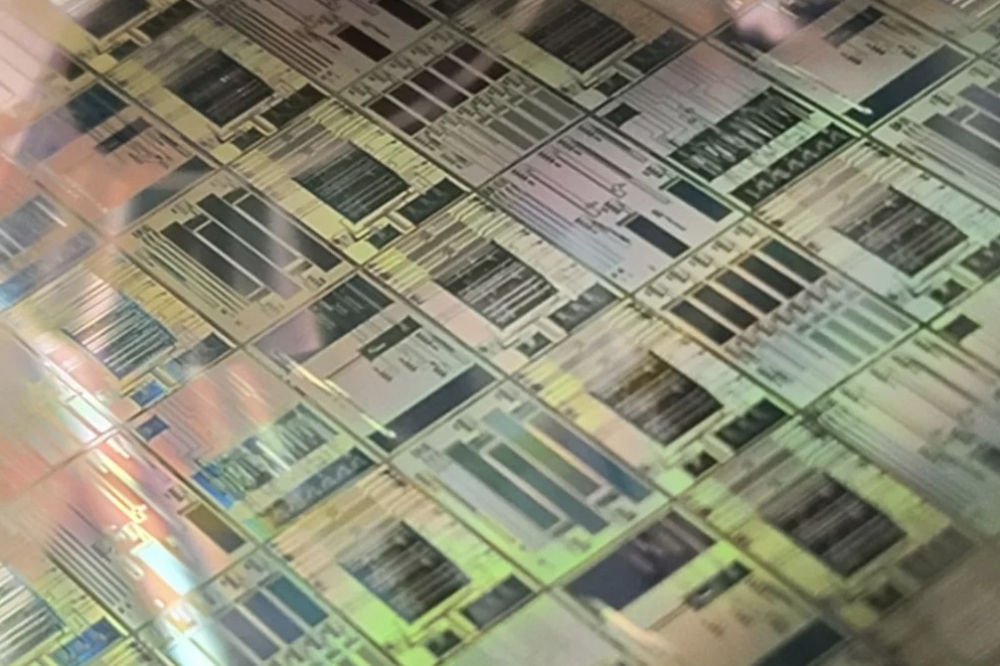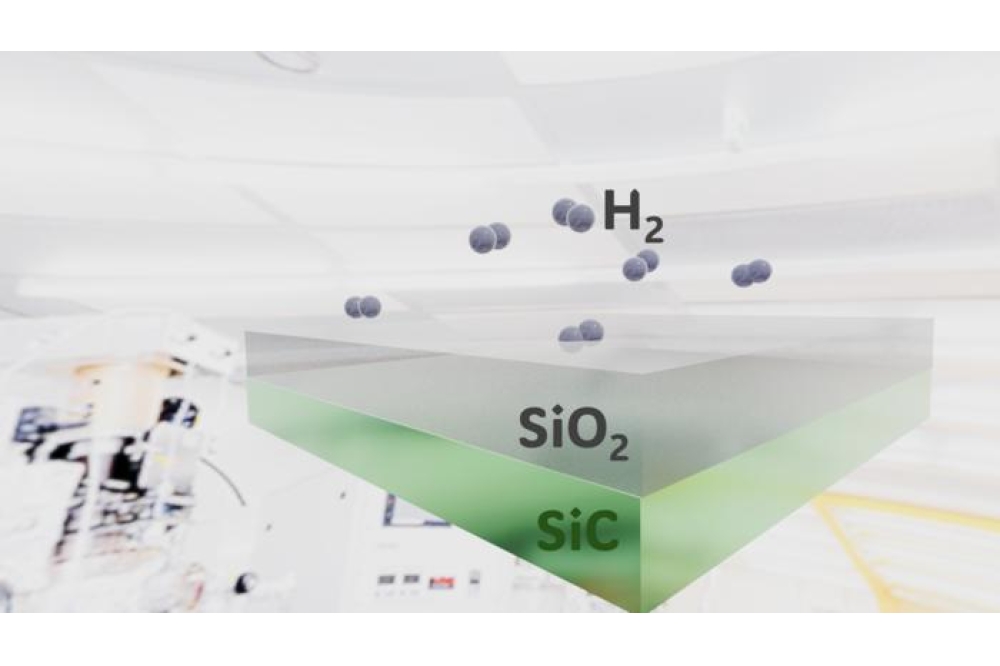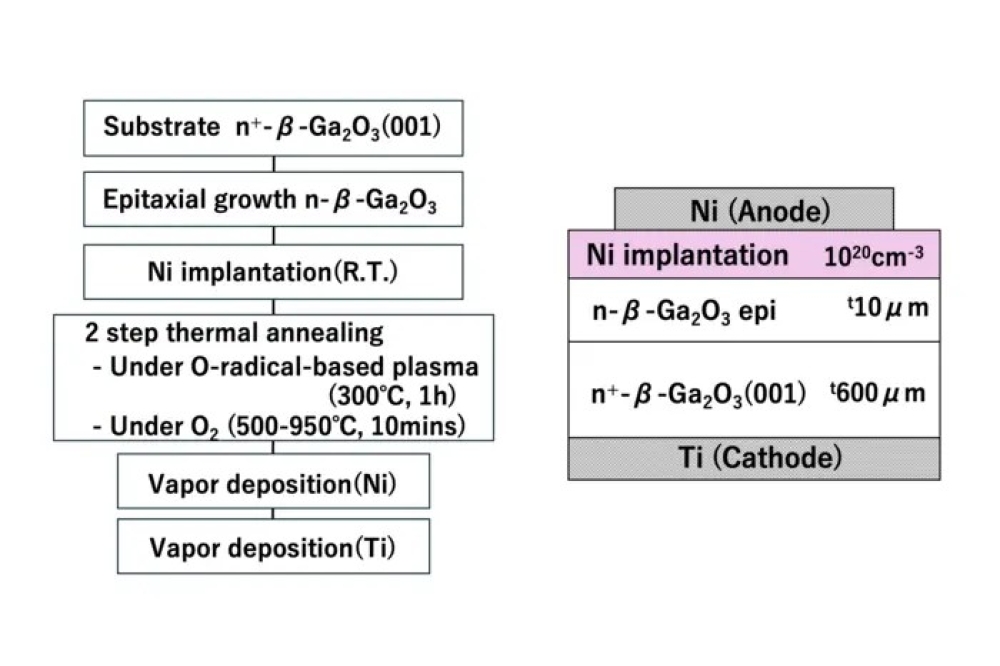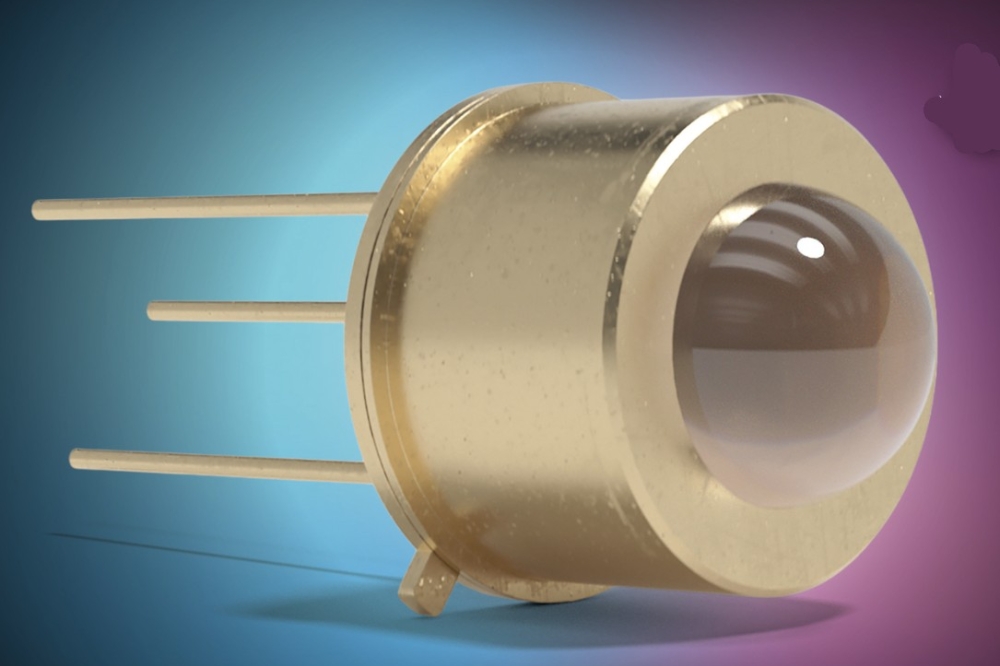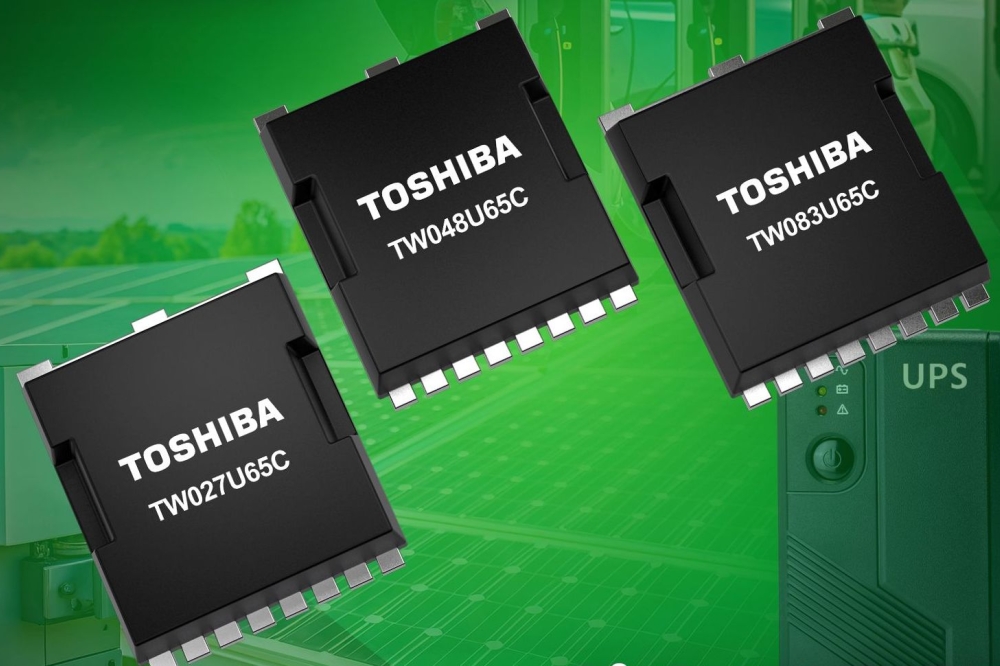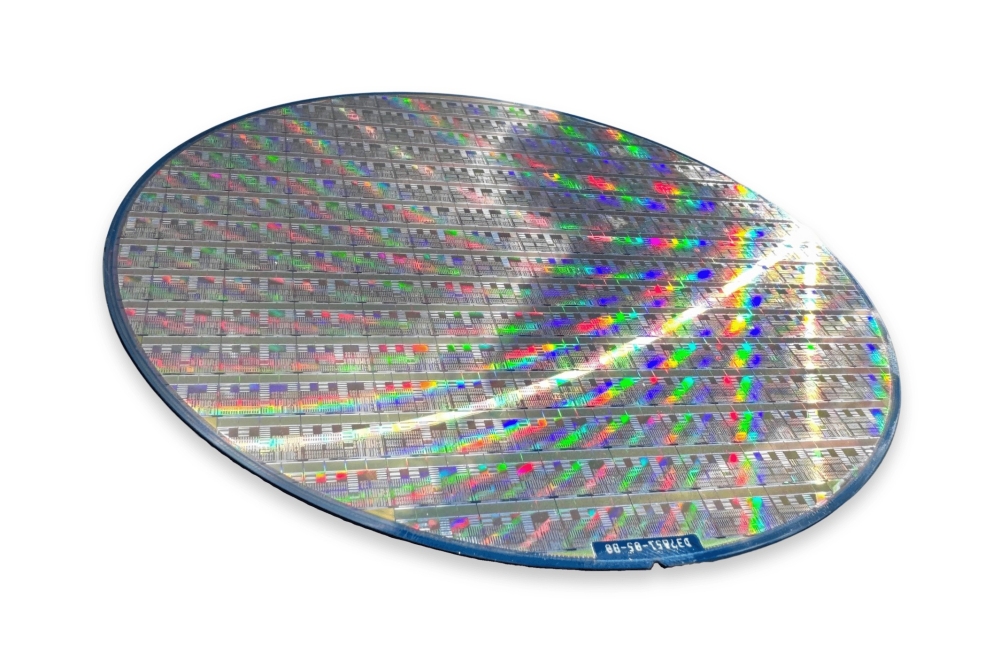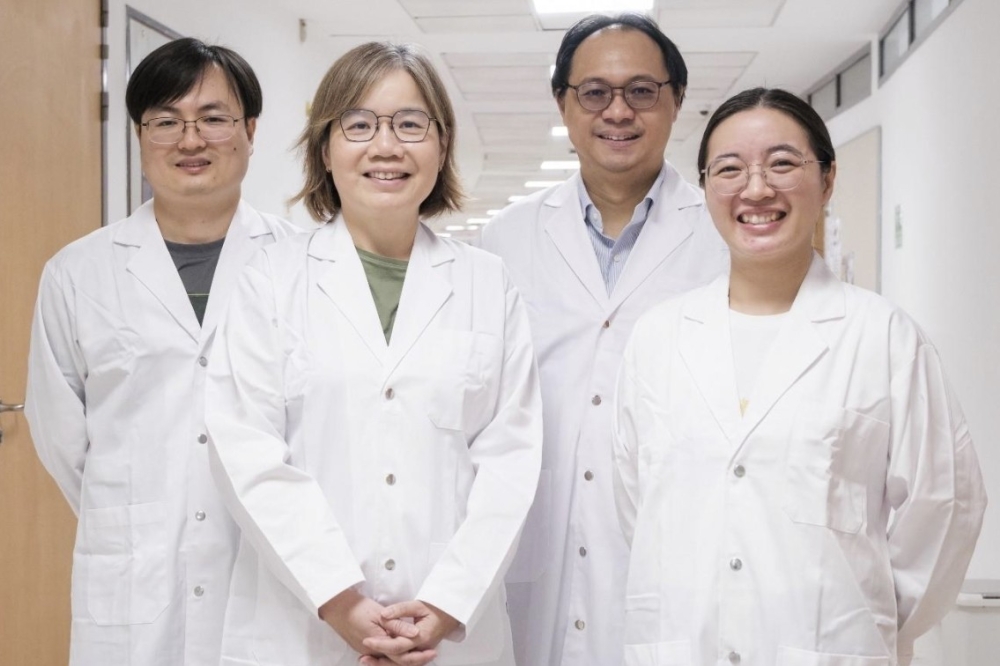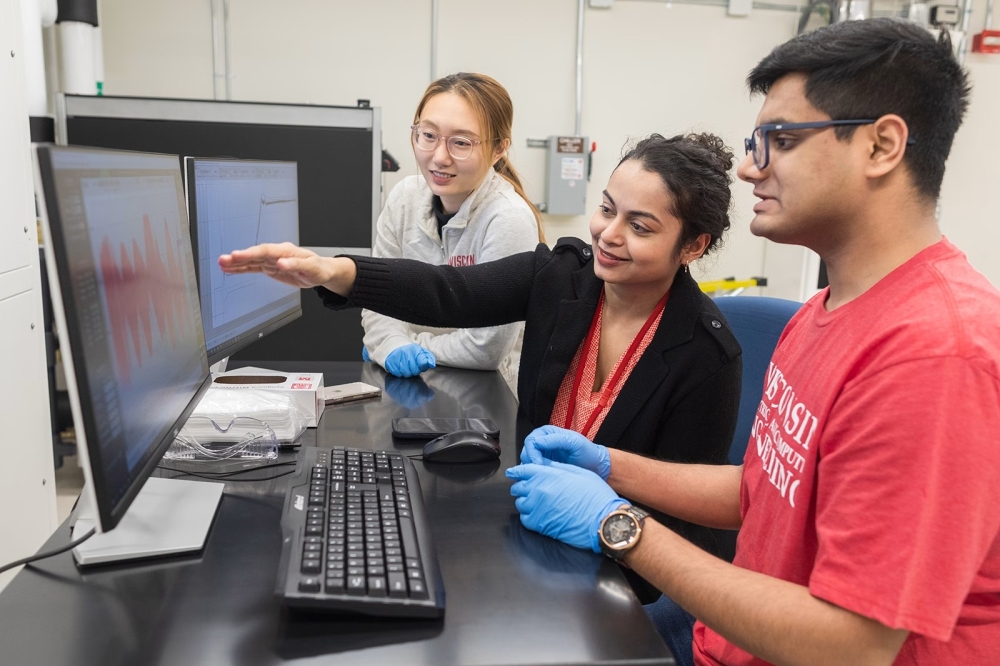Trumpf shows VCSEL solutions at Battery Show
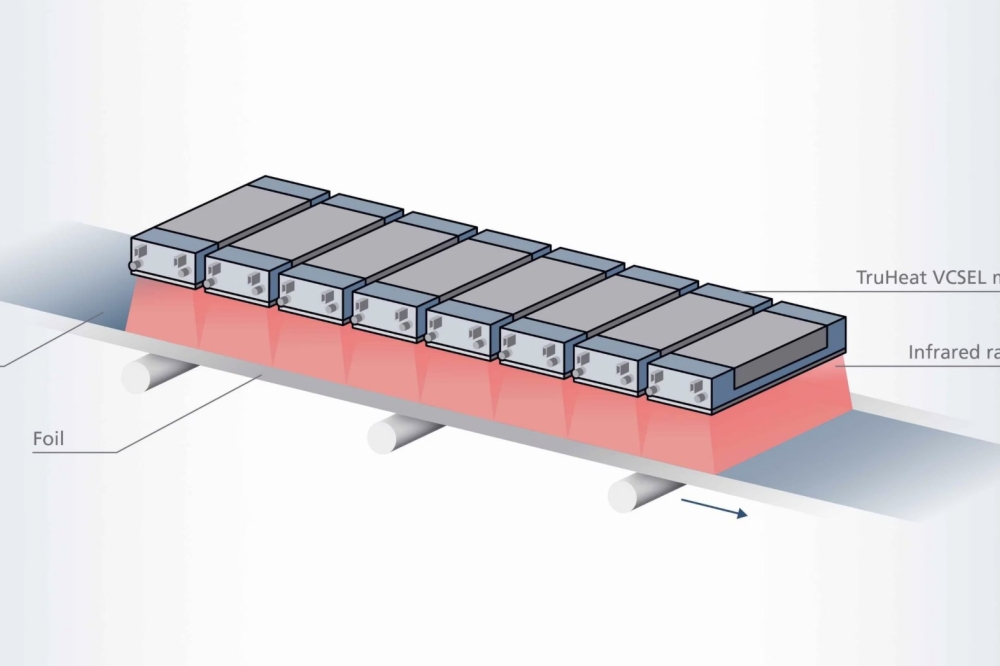
Trumpf Photonic Components will show its latest TruHeat VCSELdevelopments at the Battery Show Europe in Stuttgart, Germany, 18th to 20th June.
It will also be releasing the results of an experimental study with the Production Engineering of E-Mobility Components (PEM) of RWTH Aachen University.
The study shows that VCSEL-based laser heating systems can reduce the operational expenditures by up to 40 percent and decrease the CO2 footprint by up to 40 percent. Other advantages are the reduction of the equipment footprint by up to 50 percent with the same electrode and cell quality.
Lithium-ion battery costs make up nearly one third of the total costs of battery-electric vehicles. The drying of electrode coatings is a delicate process and consumes most of the energy in Li-ion battery manufacturing.
“Laser drying offers many advantages like improved energy efficiency, reduced floor-space requirements, and increased process control.” said Ralph Gudde, VP of marketing and sales at Trumpf Photonic Components. ”Therefore, Trumpf developed the TruHeat VCSEL laser heating systems to enable the homogeneous drying of very large surfaces with relatively low power densities.” he explained.
TruHeat VCSEL laser heating systems are based on the latest generation multi-junction VCSEL arrays, and the heating system is optimised for thermal design with highly efficient driver electronics. The wavelength of 980nm is strongly absorbed by all battery electrode materials and therefore supports the high drying efficiency, according to Trumpf.
The TruHeat VCSEL laser heating systems have a modular design with separate zones. This enables the precise control of individual illumination zones to support not only optimal homogeneity but also the customization of intensity profiles, for example, a lower or higher intensity at the edges of the coating. Another unique property of the TruHeat VCSEL modules is their compactness and the low working distance. This enables easy integration, even in existing lines.

